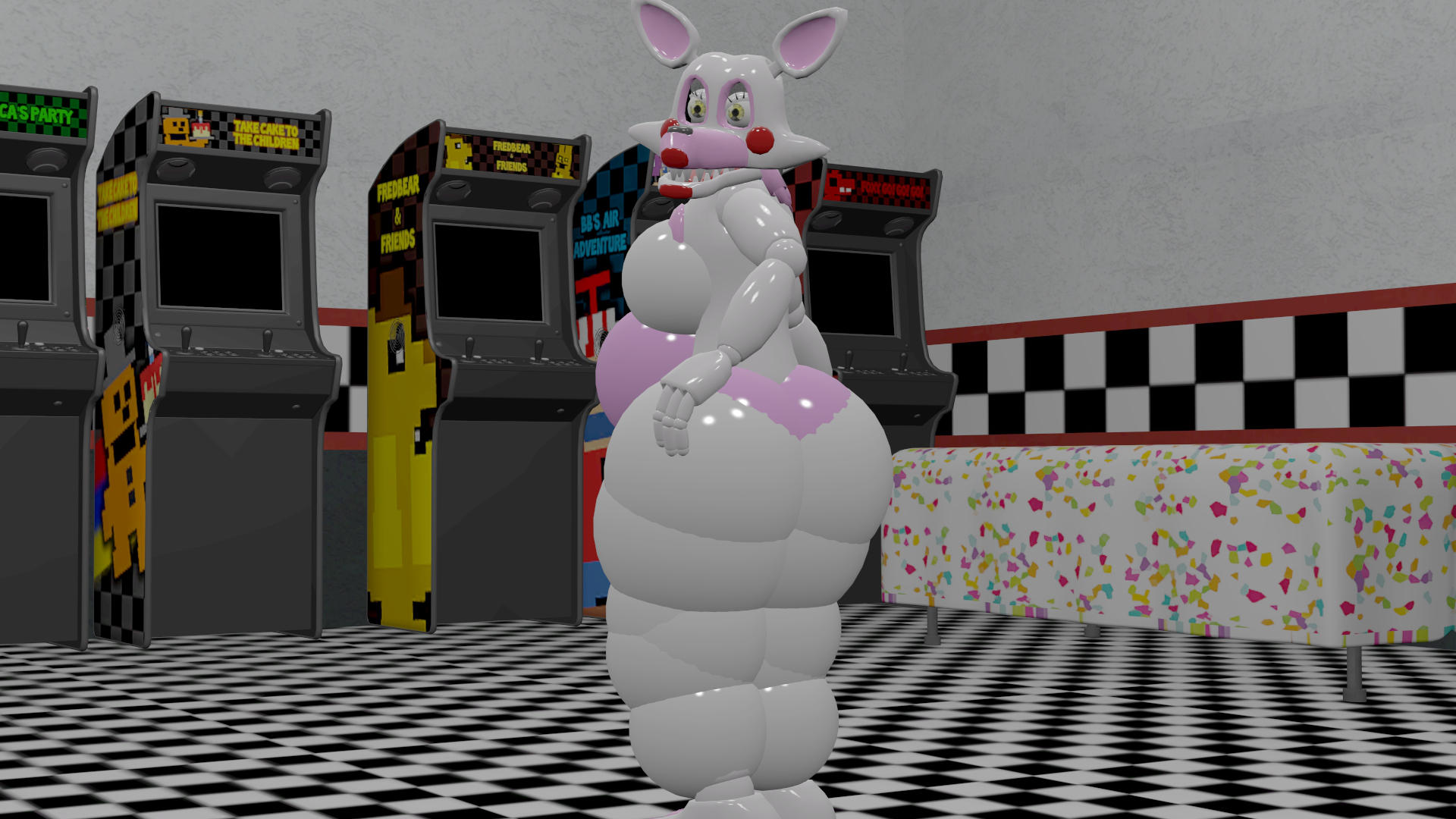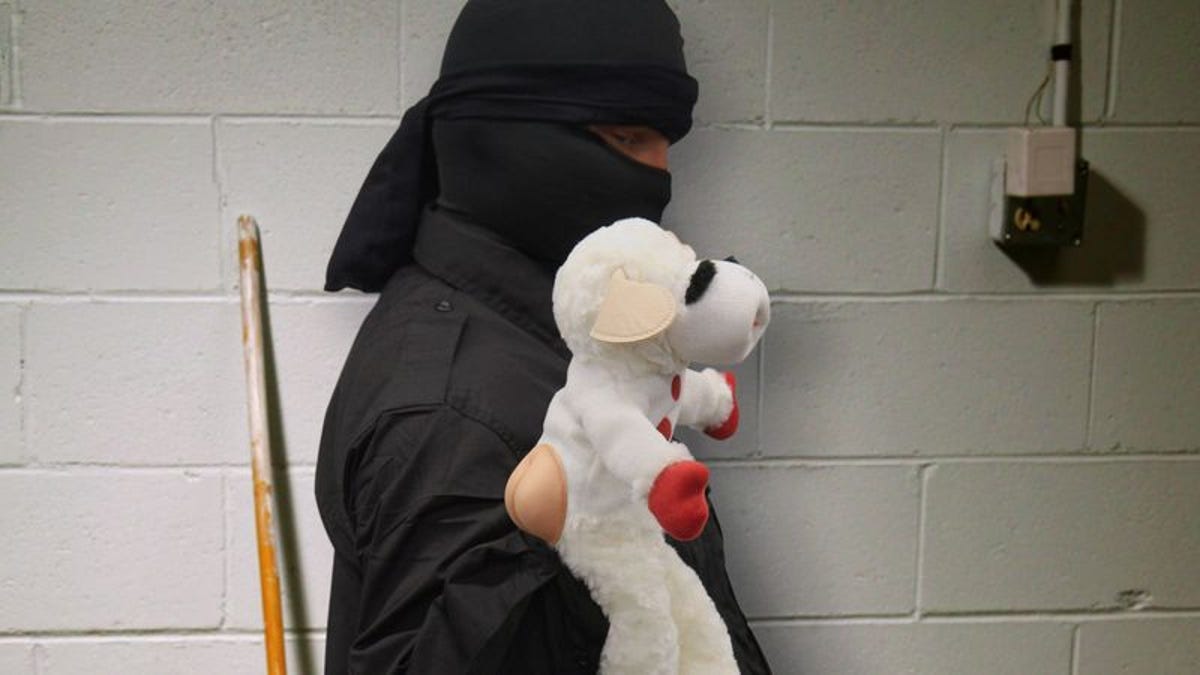
"Rubbery figures of the '80s back in the limelight". ^ "One character who's still battling to stay afloat".^ Thieberger, Victoria (1 April 1993)."Here's why Australia's economic growth story is worth singing about". ^ "Paul Jennings – Celebrity Speakers"." 'Rubbery Figures' aim at rebound after axe". "Rubbery Figures bounce from television exile To Seven". The ARIA Music Awards are a set of annual ceremonies presented by Australian Recording Industry Association (ARIA), which recognise excellence, innovation, and achievement across all genres of the music of Australia. Discography Singles TitleĪwards ARIA Music Awards In 1994 "The Rubbery Years" in conjunction with the National Museum ran for six months at Old Parliament House in Canberra. In 1993 they were recast and refurbished to take part in "The Exhibition We Had To Have" at the National Gallery of Victoria as part of the Melbourne Comedy Festival. On Exhibition Īlthough no longer being viewed on television, the Figures appeared at several exhibitions in the 90's. It reached #60 on the ARIA Chart in August. The music and lyrics were written by David Atkin, Peter Benson and Troy Hazard, the music was produced by David Atkin and Peter Benson and the characters were sung by Paul Jennings. In 1991, a music track called "The Recession Rap" with the rubbery figures was released. They set out to deliberately make people look terrible, whereas I think our people should look a bit redeemable". Nicholson told the Herald: "The programs are from slightly different traditions.Ours springs more from the newspaper political cartoon than the comedy tradition of Spitting Image. But Nicholson quickly points out he created his puppets before Spitting Image was shown in Australia". The Sunday Mail noted in 1988 that "People think creator Peter Nicholson borrowed the idea for Rubbery Figures from the British puppet show Spitting Image. Muammar al-Gaddafi – former ruler of Libya, whose puppet was permanently impaled by a missile with the letters " USA" painted on one side.Mikhail Gorbachev – former General Secretary of the Communist Party of the Soviet Union an easygoing liberal who was always giving himself time off.Ronald Reagan – the then- President of the United States portrayed as a lumberjack, making decisions based on his horoscope.Margaret Thatcher – the then- Prime Minister of the United Kingdom an eccentric profiteer, eager to sell to the Australian government.

Rubbery Figures also satirised prominent world politicians of the time, among them were:

The Rubbery Figures political characters included: The primary characters of Rubbery Figures were politicians native to Australia. During this period the figures expanded into less current political satire for example the puppets of Prime Minister Bob Hawke and then Treasurer Paul Keating played the parts of Captain Kirk and Mr Spock on board the enterprise.

Due to budget constraints, Peter Nicholson semi autonomously produced five minute segments that could be inserted into the programme. Steve Vizard, the man behind Channel Seven's Fast Forward had seen Rubbery Figures on the ABC and thought they would make a good point of difference from competing comedy sketch series. Almost all the character voices for the puppets were performed by Melbourne voice actor Paul Jennings. The Rubbery Figures programs were made in the Melbourne film studio of Peter Nicholson, who also made the puppets themselves.


 0 kommentar(er)
0 kommentar(er)
